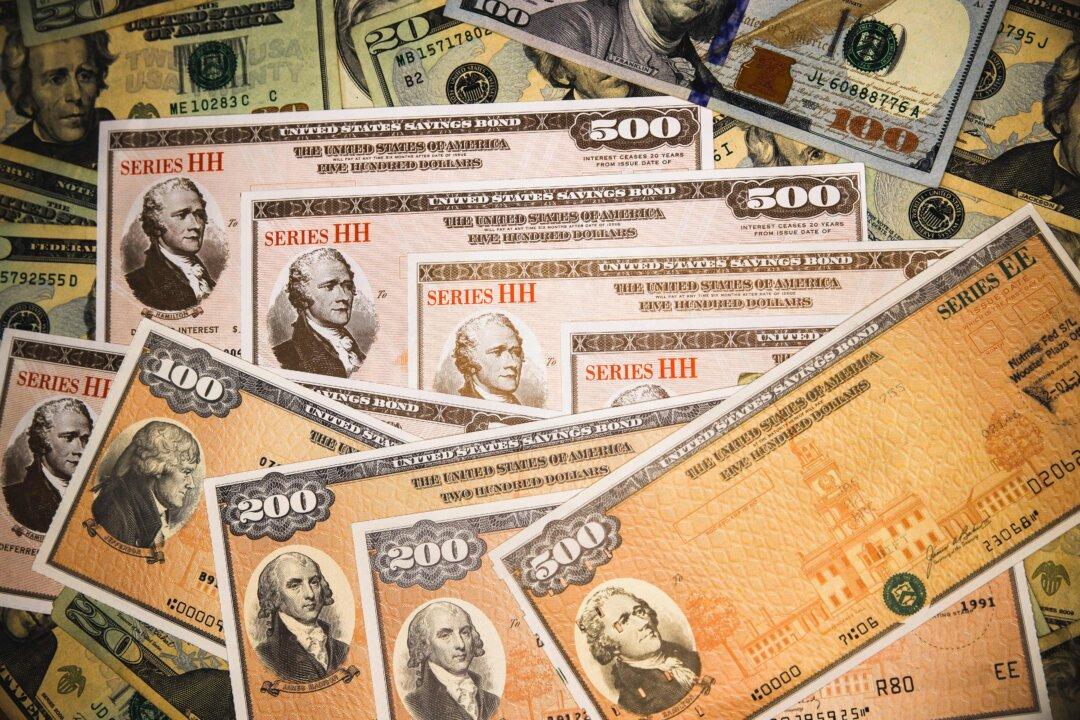By Nellie S. Huang
From Kiplinger’s Personal Finance
If there’s any truth to the adage “It’s always darkest before the dawn,” then the sun should be heating up the bond market sometime soon.

If there’s any truth to the adage “It’s always darkest before the dawn,” then the sun should be heating up the bond market sometime soon.